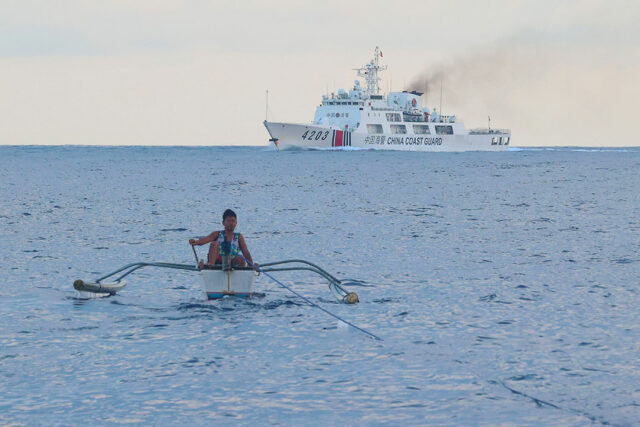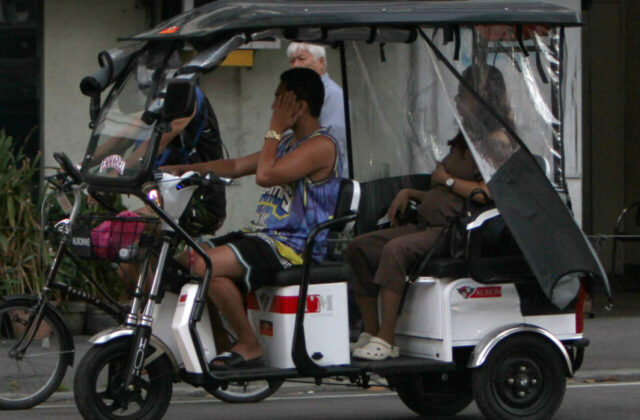IN BRIEF:
• According to the EY 2023 Work Reimagined Survey, 84% of organizations plan to implement GenAI within the year, aligning with strategic goals to revolutionize processes such as product development and customer engagement.
• GenAI’s success relies on quality, trustworthy data, and cross-disciplinary collaboration, necessitating investments in data optimization and team synergy among AI specialists, data scientists, and business stakeholders.
• GenAI adoption must adhere to responsible AI principles, prioritizing transparency, fairness, and ethical considerations to build stakeholder trust and sustainably leverage the technology’s full potential.
Given the fast-paced nature of digital evolution, businesses are increasingly turning to innovative technologies to stay ahead of the curve. Generative Artificial Intelligence (GenAI), which refers to AI algorithms that generate outputs based on existing data, has emerged as a transformative force that can revolutionize operations like product development, customer engagement, and software programming. However, integrating this technology into business processes requires strategic planning and careful execution.
The EY 2023 Work Reimagined Survey shows that 84% of employers are expecting to implement GenAI within a year. Additionally, 33% of employees and employers see potential benefits for productivity and new ways of working. GenAI’s transformative capabilities are expected to augment human work and increase efficiency, which will have long-term effects on the global business landscape.
The technology can transform business processes and unlock new levels of creativity and efficiency. To help ensure the success of GenAI implementation, this article will share five key strategies to effectively harness the power of Gen-AI in business transformation.
ANCHOR EVERYTHING TO THE ENTERPRISE STRATEGY
Begin by clearly defining business objectives and assessing how GenAI fits into the organization’s broader strategy. Identify specific areas where implementing an AI solution can drive value, such as streamlining operations, enhancing creativity, or personalizing customer experiences.
By aligning AI initiatives with strategic goals, businesses can ensure that resources are allocated efficiently and that AI investments deliver measurable, tangible returns.
PREPARE QUALITY DATA
The success of GenAI will depend on the quality and diversity of data used to train models. It encompasses algorithms that leverage upon neural networks to generate new data that resembles the patterns found in the inputs it has been trained on. Access to relevant and high-quality data is therefore crucial for training and validation.
Organizations must invest in data collection, cleansing, and augmentation processes to ensure that AI systems are trained with accurate and representative datasets. Additionally, diverse training data will be imperative to capture a wide range of scenarios and edge cases. This can improve the robustness of AI models, help mitigate biases, and ensure fair outcomes.
COLLABORATE WITH THE RIGHT TEAMS
The effective implementation of Gen-AI requires collaboration among multidisciplinary teams, highlighting the need for partnerships between AI specialists, data scientists, domain experts, and business stakeholders. Involve a cross-functional team in the decision-making process, blending technical expertise with business acumen and ethical considerations, to create a balanced and forward-thinking AI strategy.
By fostering a collaborative ecosystem, organizations can leverage diverse perspectives and domain knowledge to develop AI solutions that address real-world challenges. Cross-functional teams should work together iteratively, from ideation to deployment, to ensure that AI solutions are aligned with business needs and user requirements.
APPLY RESPONSIBLE AI
Ethical and responsible AI practices are paramount in today’s data-driven world. Prioritize transparency, fairness, and accountability throughout the AI lifecycle. Implement measures to mitigate biases, ensure data privacy, and establish mechanisms for explaining AI-generated outputs.
Bias in particular often manifests in ways that harm certain parts of the population. When the data that is used to train a model does not accurately reflect the group it is intended to serve, it can create imbalances in the model’s outcomes. For example, imbalances could stem from a lack of diversity in the types of data collected. However, there are other types of imbalances that may compromise the precision of the GenAI model without negatively affecting a particular group. Although preventing such imbalances entirely is challenging, the development team must investigate potential sources of imbalance and seek ways to reduce it.
By embedding ethical considerations into AI development processes, businesses can build trust with stakeholders and mitigate potential AI-deployment risks.
LEARN, ADAPT, AND IMPROVE CONTINUOUSLY
AI implementation is a journey, not a destination. Embrace a culture of continuous learning and adaptation, where feedback loops drive incremental improvements. Monitor the performance of AI systems in real-world environments and gather insights from user interactions.
Furthermore, use this feedback to refine AI models, optimize algorithms, and adapt strategies according to evolving business dynamics. Learning and growing from the project should be treated as an essential component of an AI endeavor, instead of a last-minute consideration. Foster an environment of ongoing education, prompting those involved to thoughtfully evaluate all triumphs and challenges. By staying agile and responsive, organizations can harness the full potential of GenAI to drive innovation and secure a competitive advantage.
TRANSFORMING IN THE LONG TERM
While previous technological advancements mostly focused on automation, GenAI can also assist with complex cognitive functions like predictive analytics, machine learning, and natural language processing. Also, its use-cases encompass a diverse range of industries, occupations, and tasks. For example, the case study Generative AI at Work showed that customer service agents could resolve 13.8% more customer inquiries per hour with the help of GenAI tools.
The successful implementation of GenAI requires a holistic approach that encompasses strategic alignment, data excellence, collaborative engagement, ethical considerations, and continuous learning. By adopting these key strategies, businesses can unlock new opportunities, drive operational efficiencies, and stay ahead in today’s digital economy. Through concrete, actionable steps, Gen-AI can boost efficiency and innovation, reshaping today’s ways of working.
This article is for general information only and is not a substitute for professional advice where the facts and circumstances warrant. The views and opinion expressed above are those of the author and do not necessarily represent the views of SGV & Co.
Randall C. Antonio is an AI technology consulting principal of SGV & Co.












